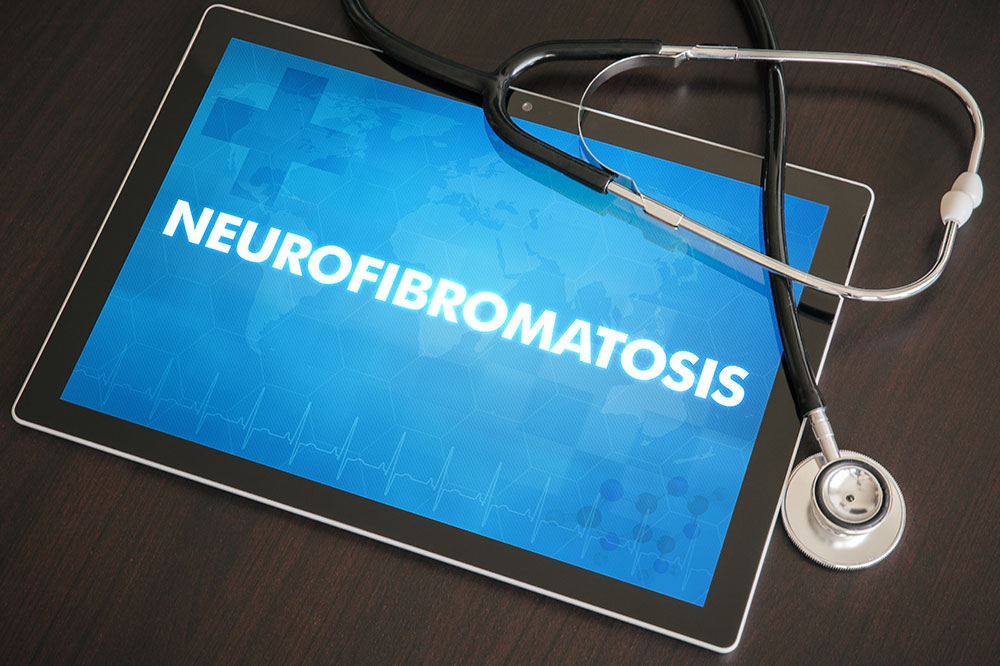Comprehensive Management and Treatment Strategies for Neurofibromatosis Symptoms
Neurofibromatosis is a genetic disorder marked by nerve tumors leading to various health issues. While there's no cure, effective management involves surgery, medications, and supportive care to control symptoms and prevent complications. Early diagnosis and routine check-ups are vital for optimal outcomes. Advances in treatment and ongoing research offer hope for improved therapies. Managing neurofibromatosis requires a multidisciplinary approach to enhance quality of life and address diverse health challenges associated with this condition.

Comprehensive Management and Treatment Strategies for Neurofibromatosis Symptoms
Neurofibromatosis is a complex genetic disorder characterized by the abnormal growth of tumors along nerves throughout the body. This condition typically manifests during childhood or early adulthood, and its diverse symptoms can significantly affect quality of life. The tumors, known as neurofibromas, are generally benign but can sometimes become malignant, posing serious health risks. Managing neurofibromatosis involves a multidisciplinary approach aimed at alleviating symptoms, preventing complications, and improving patient well-being.
Understanding Neurofibromatosis: Types and Symptoms
Neurofibromatosis manifests primarily in two distinct forms, each with its unique set of symptoms and clinical features:
Neurofibromatosis Type 1 (NF1): This is the most common form, affecting approximately 1 in every 3,000 births. NF1 is often evident early in life and presents with various characteristic signs. Patients typically display multiple café-au-lait spots—flat, light brown skin patches that are often the first noticeable feature. In addition, neurofibromas, which are soft, rubbery tumors on or under the skin, tend to develop over time. Other manifestations include Lisch nodules (small pigmented spots) on the iris, skeletal abnormalities like scoliosis, and learning disabilities. The tumors in NF1 can also involve internal nerves, leading to nerve compression and associated pain or neurological deficits.
Neurofibromatosis Type 2 (NF2): This less common form accounts for about 5% of neurofibromatosis cases. NF2 primarily affects the nervous system, with tumors typically originating on the vestibulocochlear nerve, which is responsible for hearing and balance. Patients often present with benign tumors known as vestibular schwannomas or acoustic neuromas. These tumors grow slowly but can cause progressive hearing loss, tinnitus, dizziness, and balance disturbances. NF2 may also involve other cranial nerves and the spinal cord, leading to neurological deficits and pain.
Challenges in Managing Neurofibromatosis
Despite advances in medical science, there is currently no cure for neurofibromatosis. Treatment strategies are mainly aimed at managing symptoms, preventing tumor growth, and reducing the risk of malignancy. Early detection and continuous monitoring are critical in preventing severe complications and improving patient outcomes.
Approaches to Treatment and Management
The approach to managing neurofibromatosis involves a combination of surgical, medical, and supportive therapies tailored to each patient's specific symptoms and tumor locations. The main goals are to control tumor growth, alleviate pain, preserve neurological function, and address cosmetic or functional issues.
Here are some of the common treatment options used in managing neurofibromatosis complications:
Surgical Removal of Tumors: Surgery is often necessary to excise problematic neurofibromas, especially those causing pain, nerve compression, or functional impairment. In cases of vestibular schwannomas (acoustic neuromas), surgical resection might be performed to preserve hearing or mitigate neurological damage. However, the procedure carries risks such as hearing loss, facial nerve damage, or balance issues. Surgeons carefully weigh the benefits and risks before recommending operative intervention.
Medications and Pharmacological Treatments: Pharmacotherapy can help manage specific symptoms—such as pain relief, controlling high blood pressure, or reducing tumor size in some cases. For example, MEK inhibitors have shown promise in shrinking plexiform neurofibromas in some NF1 patients.
Management of Associated Health Conditions: Addressing systemic health issues linked to neurofibromatosis is vital. This includes controlling hypertension with antihypertensive drugs, using orthopedic interventions for scoliosis, and providing hearing aids or cochlear implants for hearing loss. Multidisciplinary care teams, including neurologists, oncologists, orthopedic surgeons, audiologists, and psychologists, collaborate to optimize treatment based on individual needs.
Treatment for Skeletal and Cosmetic Issues: Skeletal deformities like scoliosis can be managed through surgical correction or bracing. Cosmetic concerns, particularly visible neurofibromas, may be addressed through laser therapy or excision for improved self-esteem and quality of life.
Regular monitoring through imaging studies such as MRI scans is crucial for early detection of tumor growth or malignant transformation. Patients should undergo routine check-ups to promptly address new or worsening symptoms, ensuring interventions are timely and effective.
Living with Neurofibromatosis: Support and Future Directions
Living with neurofibromatosis involves not only medical treatment but also psychological and social support. Patients often face challenges related to appearance, mobility, and neurological function. Support groups, counseling, and patient education play critical roles in helping individuals cope with their condition.
Research continues to advance our understanding of neurofibromatosis, with ongoing studies exploring targeted therapies, gene editing, and novel management strategies. Emerging treatments promise more effective control of tumor growth and symptom relief in the future.
While current treatments focus on symptom management, the future holds hope for gene therapy and other innovative cures that could modify the disease's progression and perhaps provide a definitive cure someday. For now, a comprehensive, patient-centered approach remains the cornerstone of effective management of neurofibromatosis symptoms.





